Pentaerythritol CAS 115-77-5
| Risk Codes | 33 – Danger of cumulative effects |
| Safety Description | 24/25 – Avoid contact with skin and eyes. |
| WGK Germany | 1 |
| RTECS | RZ2490000 |
| TSCA | Yes |
| HS Code | 29054200 |
| Toxicity | LD50 orally in Rabbit: > 5110 mg/kg LD50 dermal Rabbit > 10000 mg/kg |
Introduction
2,2-Bis(hydroxymethyl)1,3-propanediol, also known as TMP or trimethylalkyl triol, is an organic compound. The following is an introduction to its properties, uses, manufacturing methods and safety information:
Quality:
- Appearance: 2,2-Bis(hydroxymethyl)1,3-propanediol is a colorless to yellowish viscous liquid.
- Solubility: It is soluble in water and a variety of organic solvents such as ethers, alcohols, and ketones.
- Stability: It is relatively stable under conventional oxidation conditions, but will decompose under high temperature and acidic conditions.
Use:
- Base substance: 2,2-bis(hydroxymethyl)1,3-propanediol is a chemical intermediate and basic raw material, which can be used to synthesize other organic compounds.
- Flame retardant: It can be used as a flame retardant in the synthesis of polyurea polymer materials and polymer coatings.
- Preparation of ester compounds: 2,2-Bis(hydroxymethyl)1,3-propanediol can be used to prepare ester compounds, such as polyol polyesters and polyester polymers.
Method:
- It can be prepared by the condensation reaction of formaldehyde and methanol: first, formaldehyde and methanol are reacted with methanol under alkaline conditions to form methanol hydroxyformaldehyde, and then 2,2-bis(hydroxymethyl)1,3-propanediol is formed by the condensation reaction of bimolecules and methanol under acidic conditions.
Safety Information:
- 2,2-Bis(hydroxymethyl)1,3-propanediol is generally safe under normal conditions of use, but the following should be noted:
- May be contaminant: Commercially available 2,2-bis(hydroxymethyl)1,3-propanediol may contain small amounts of impurities or impurities, so be careful to check the label and purchase products from reliable suppliers when using them.
- Skin irritation: It may have an irritating effect on the skin and eyes, and necessary safety measures should be taken when touched, such as wearing chemical gloves and goggles, and avoiding direct contact.
- Storage conditions: The compound should be stored in a dark, dry and well-ventilated place, away from fire, high temperatures, and oxidants.
- Toxicity: 2,2-Bis(hydroxymethyl)1,3-propanediol is less toxic, but should still be avoided for ingestion or inhalation.


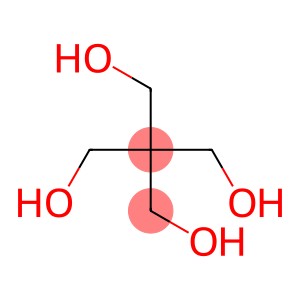
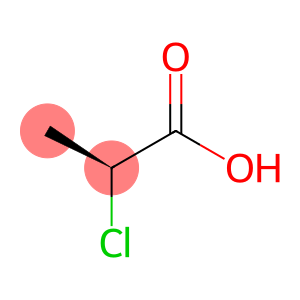
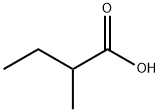
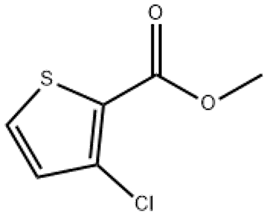
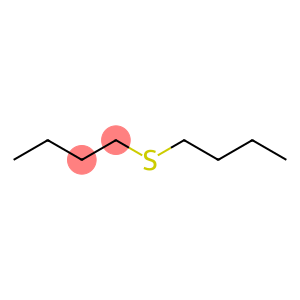
![2,2′-[1,2-ethanediylbis(oxy)]bis(ethanethiol)(CAS#14970-87-7)](https://www.xinchem.com/uploads/2-2-1-2-ethanediylbis-oxy-bis-ethanethiol.png)
